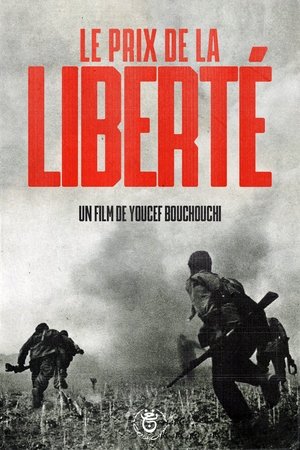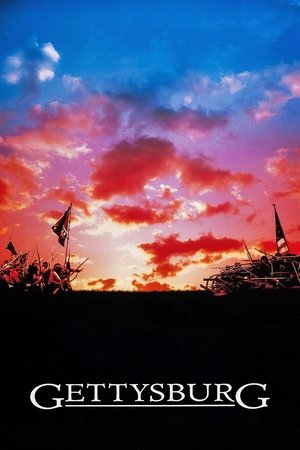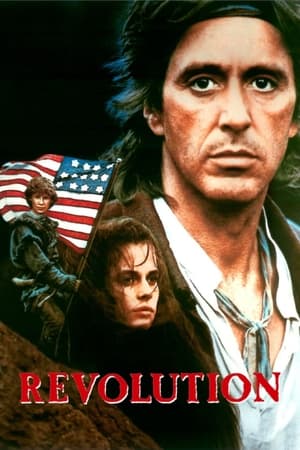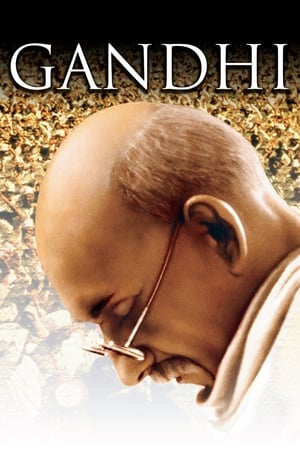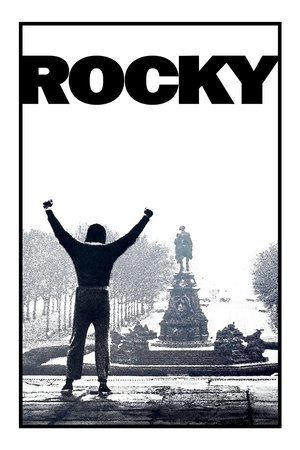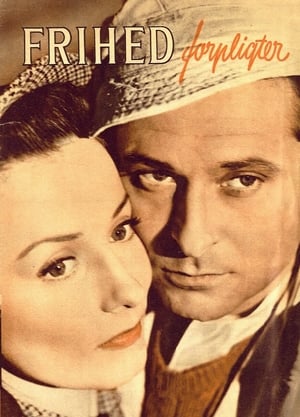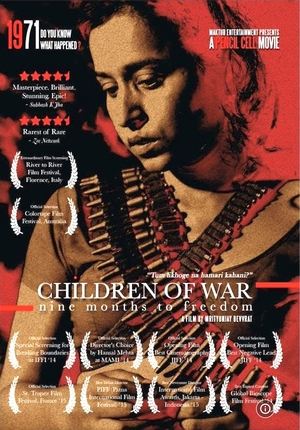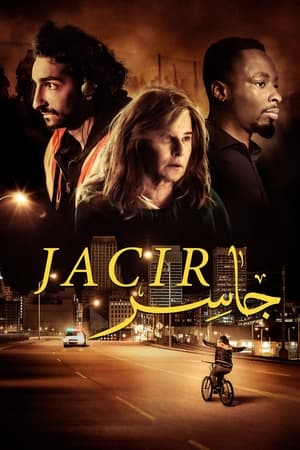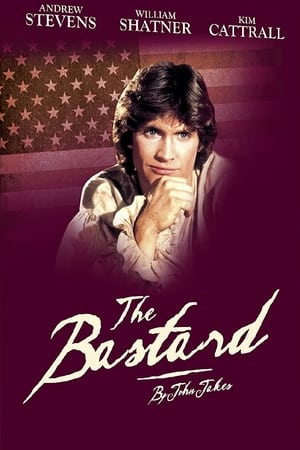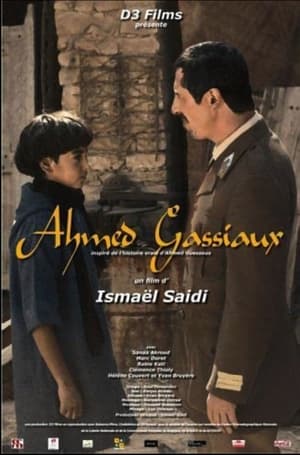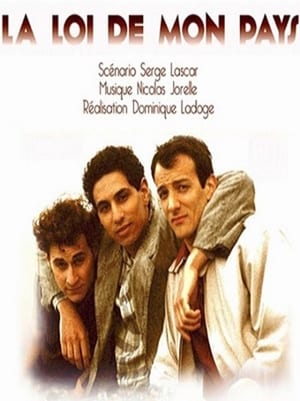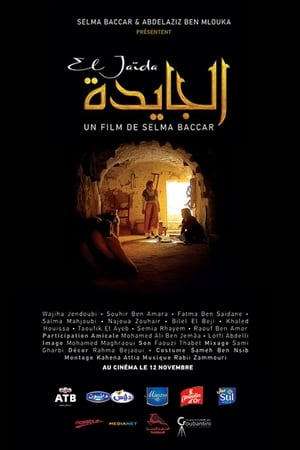Overview
This historical featurette focuses on Caesar Rodney of Delaware who in the summer of 1776 cast the deciding vote, at the meeting of the Continental Congress in Philadelphia, so that the Declaration of Independence was adopted.
Reviews
With the slightly incongruous strains of “God Save The King” accompanying this short feature, it offers us a zealous and simplistic, “Janet and John” guide to those brave men who decided to separate from the mother country and set out on their road to freedom, liberty and the pursuit of happiness. It’s the sort of film you might show to young children to excite their interest in history, or dressing up, or both - but the only actual political point it seems to me to promote is one that says: if I don’t do what you want to do at gunpoint, you will do what I want at gunpoint instead. It’s probably fine if you are ten years old, but otherwise it’s all far too overly condensed to do anything like justice to the prologues and visceral debates across the thirteen states that were nowhere near as unanimous and back-slapping as this suggests the process was. Maybe they could have credited the writers of Magna Carta in here too?

 17 min
17 min
 6.3
6.3
 1938
1938
 USA
USA
 CinemaSerf wrote:
CinemaSerf wrote:

